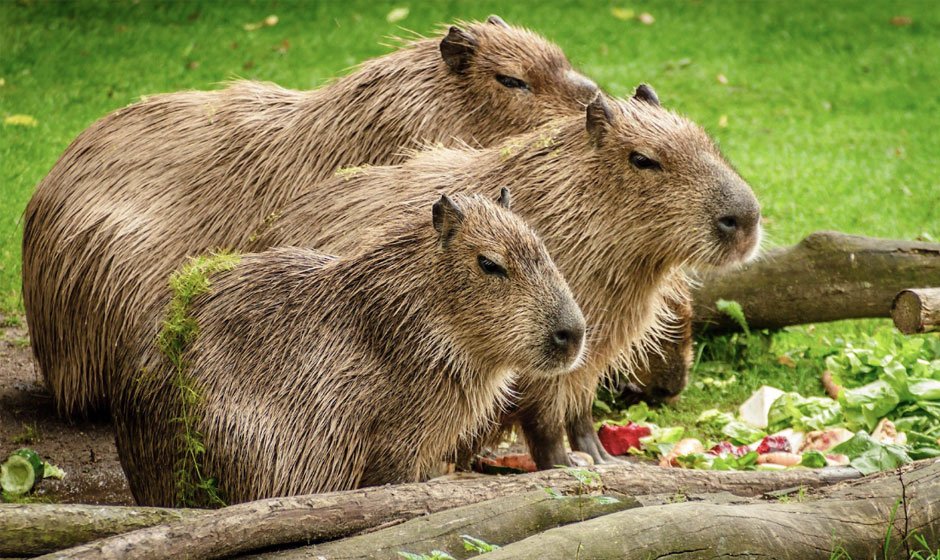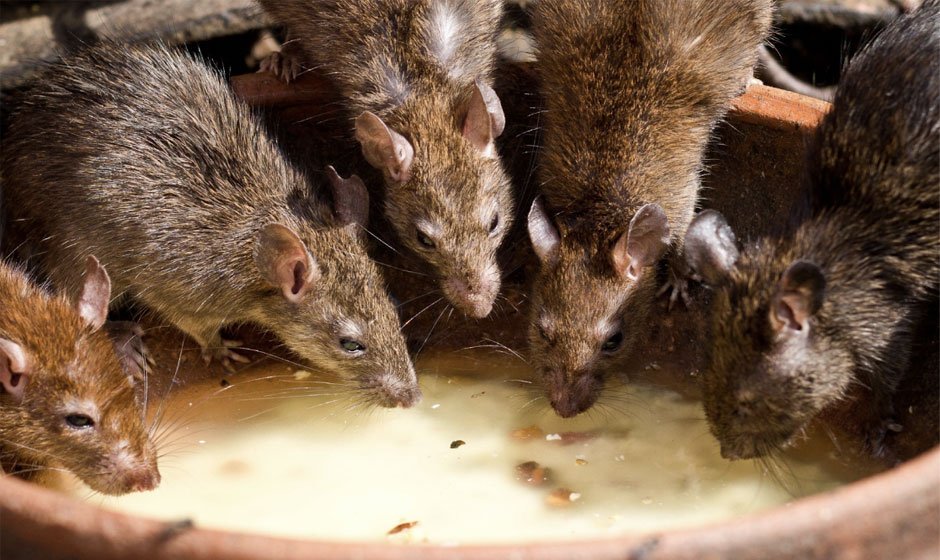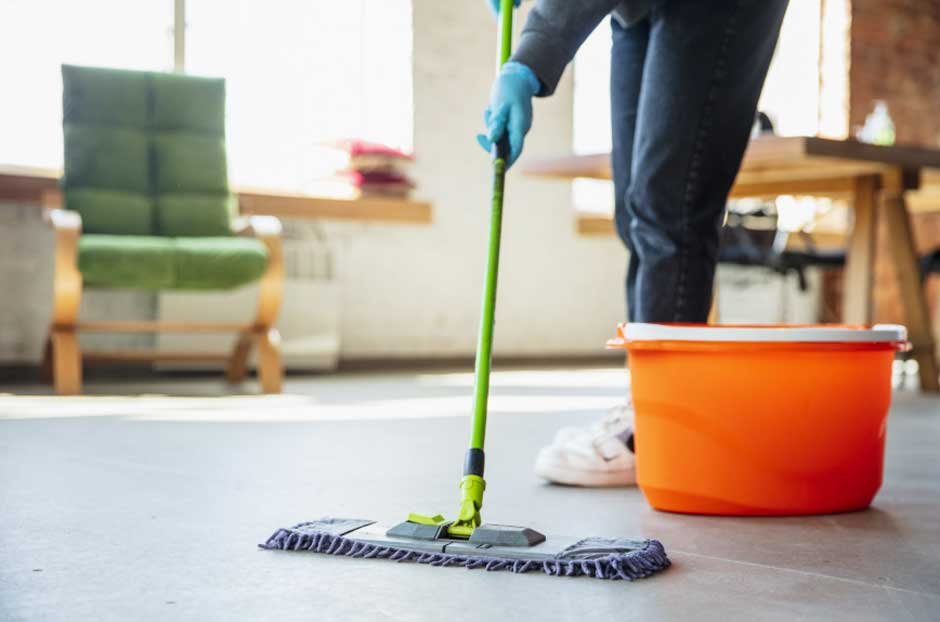7 Expert-Approved Ways to Keep Wildlife Out of Your Home and Garden

Do unwelcome animals prowl around your premises? Does security for your house and yard make sense? Regain enjoyment of your landscape by safely and humanely preventing groundhogs, deer, and rabbit invasions.
Growing your food and getting exercise are two benefits of gardening, a fulfilling hobby that can help lower stress and anxiety levels. However, when you find out that your garden is an open-air buffet by furry guests, your stress and anxiety levels may spike.
In addition, pests like skunks, raccoons, and birds can be troublesome and make it challenging to live in your home. Try not to worry about it. There are reliable techniques for keeping deer, bunnies, squirrels, and other wildlife away if you cannot bear the irritation and annoyance associated with having pests on your property.
To safely and humanely keep animals away from your garden, heed these wildlife prevention tips.
Identify the Wildlife
It is necessary to determine what kind of wildlife is invading your property and consuming your fruits to choose the appropriate management techniques, such as the height of the fence you may need. The animals that are most likely to inflict damage quickly are groundhogs, bunnies, and deer.
Keep an eye out for warning indicators. Deer may rip woody vegetation or leave tracks in the ground. They may also make neat cuts on herbaceous plants. Rabbits may leave granular droppings and cut herbaceous and woody vegetation with sharp edges.
In the path leading to their caves, groundhogs leave behind large heaps of dirt, ten to twelve inches in diameter. They usually eat vegetables, not woody shrubs.
Furthermore, before you realize the fruit is ripe, birds will peck holes in it or take it.
After identifying which wildlife is bothering you, you can determine the best way to prevent it from causing more damage.
Install Fencing
The most effective method to keep most animals out of your landscape is with fencing. To stop animals from using your yard as a food source, install a fence as soon as possible.
Install a rabbit fence of at least eighteen inches high with one-inch doors. You can use affordable chicken wire for this type of fence while trusting it to last several seasons. Alternatively, design chicken wire into cylinders and surround valuable and tender plants (plants that rabbits adore) with them.
You will require a fence between four and five feet high to keep deer away. However, it also depends upon the number of deer in your locality and how starved they are: deer are more driven to reach food if they are many per square mile. A determined deer can cross an 8-foot fence. However, it won’t jump in and risk becoming confined if there are plenty of other foods to eat.
A four-foot fence with a 45-degree slope at the top is necessary to keep groundhogs from climbing over. Moreover, bury the fence about a foot below the surface to prevent tunneling beneath it.
Grow Unappealing Plants
Animals are voracious eaters who will consume anything. However, some plant species are more unappealing than others, particularly those that are fuzzy, highly flavorful, or prickly. Look about your surrounding area to see what has survived, and ask your neighborhood nursery for suggestions.
Grow Plants in Pots and Raised Beds
Occasionally, you can employ raised beds or pots as a barrier against pests and animals munching on your plants. You can minimize rabbit damage with an elevated bed (two feet or higher), especially if you install a small fence on top. One way to keep veggies out of the reach of starving deer and bunnies is to plant them in window boxes or hang pots on rails.
Keep Your Garden Clean

Your garden could be a top breeding and feeding ground for certain animals. Keeping it tidy can deter raccoons, shrews, skunks, squirrels, and other wildlife from exploring and settling in your garden.
Remove any tall grass and bush heaps. If your compost pile is out in the open, fence it or conceal it using a tarp. Any crawl space that small animals could fit into should be sealed or otherwise blocked.
Additionally, if you have a bird feeder in your garden, remove any extra seed that drops from it or clean it up before leaving it there.
Maximize Repellents
Granular odor repellents work to keep animals away from unpleasant-smelling areas. When sprayed on susceptible plants, taste repellents make animals sick to their stomachs. It’s crucial to remember that they won’t have a lasting negative impact. However, they teach wild animals to avoid a specific area.
Depending on the creature you’re trying to scare away, you can select the right repellent (a potent or disagreeable scent that keeps wildlife away).
Also, you can deter pests with several natural home remedies and commercial repellents. However, you have to choose one that’s suitable for the job.
For instance, suspending some bars of soap near the edge of your garden can deter deer from entering. Bar laundry detergent is a recognized deer repellent. Deer is also known to be repelled by human hair, espresso grounds, citrus, and damp laundry. To prevent animals from devouring vegetables, you can also spray them with chili sauce.
It is necessary to use these products all year round and to reapply them after rain, as animals can either become accustomed to the taste or just eat the vegetation without care.
Secure all Food Sources
If you leave food out, animals will come to your home. Raccoons and squirrels are drawn to low-effort food items such as pet treats, unguarded trash, fallen fruit, and bird feeders. At night, carry pet food and birdbaths inside and secure any food left outside.
Preventing Wildlife Invasion

Keeping critters and other pests out of your home protects you and your furry family from diseases. Recall that other creatures are trying to eat and enjoy a well-appointed shelter alongside you. Thus, It’s best to hire a professional rodent control services and pest proofing your home.
You can make your garden less appealing if you are relentless and use multiple techniques. You most likely won’t completely undo the harm, though. Wild animal invasions have never been easy. Thus, learning to coexist with nature ultimately comes down to finding a means of making ends meet.



